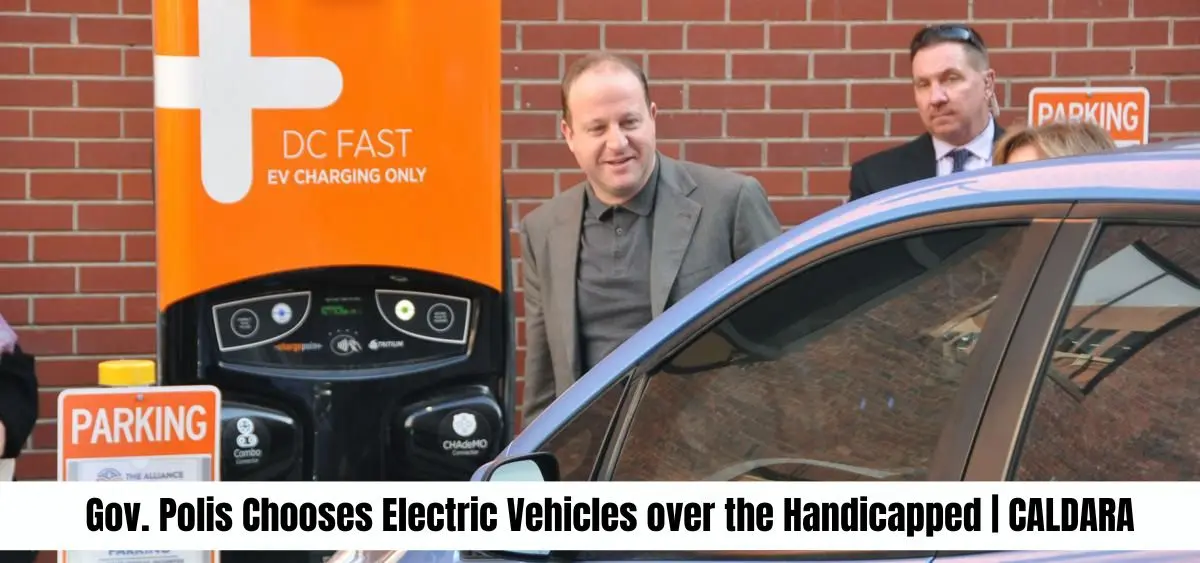Colorado Governor Jared Polis has been a prominent advocate for electric vehicles (EVs), championing policies and incentives that aim to accelerate the state’s shift toward cleaner transportation. While environmentalists and EV enthusiasts celebrate these initiatives, critics argue that the push for electric mobility may inadvertently overlook the needs of one vulnerable group: people with disabilities. In his column, “Gov. Polis chooses electric vehicles over the handicapped,” Jon Caldara, president of the Independence Institute, sharply critiques the state’s EV policies for failing to adequately consider accessibility concerns. Caldara highlights several key issues that have emerged as the state accelerates its EV adoption:
1. Accessible EV Infrastructure
One major concern is the lack of accessibility in EV charging infrastructure. Standard wheelchair-accessible parking spaces are carefully designed to accommodate vehicles with lifts or ramps. However, EV charging spots often fail to meet these requirements, limiting access for people with mobility challenges. Wheelchair-accessible vehicles (WAVs) themselves present additional complications; electrifying these vehicles is difficult due to battery placement and floor height, making it harder for disabled drivers to benefit from EV technology.
2. EV Charger Placement
The placement of EV chargers is another contentious issue. Many new EV charging spots are installed in prime accessible parking locations near building entrances. In some cases, this displaces previously accessible spaces, forcing people with disabilities to park farther away. This arrangement creates practical challenges for disabled individuals who rely on proximity for mobility and independence.
3. Cost and Design Challenges
Wheelchair-accessible electric vehicles are not only difficult to design but also expensive to produce. Typical EV batteries are installed under the vehicle floor, which raises challenges for WAV conversions. This often results in a higher floor for the vehicle, complicating access for wheelchair users and making the adoption of electric mobility even less feasible for those who rely on specialized vehicles.
4. Government-Mandated Parking Requirements
Caldara also critiques government mandates that require a certain number of EV charging stations in new buildings. While well-intentioned, these laws frequently overlook accessibility considerations. In practice, meeting the EV quota may take priority over ensuring that parking and charging facilities are usable for people with disabilities, creating unintended consequences for a group already facing mobility barriers.
Understanding Jon Caldara’s Perspective
Jon Caldara, a conservative commentator and head of the Independence Institute, has long been critical of government regulations and environmental policies he views as overreaching or misaligned with public needs. His critique of Governor Polis’s EV policies fits within this broader framework: Caldara argues that in the rush to promote clean energy, policymakers risk ignoring the needs of disabled residents, effectively placing EV adoption ahead of accessibility.
While Governor Polis and other officials have publicly emphasized the benefits of EVs for the environment and Colorado’s economy, Caldara’s column serves as a reminder of the potential unintended consequences of such policies. Balancing innovation with inclusivity remains a challenge—one that advocates argue must be addressed if Colorado’s EV revolution is to benefit all residents, not just those without mobility limitations.
Related Articles:-

